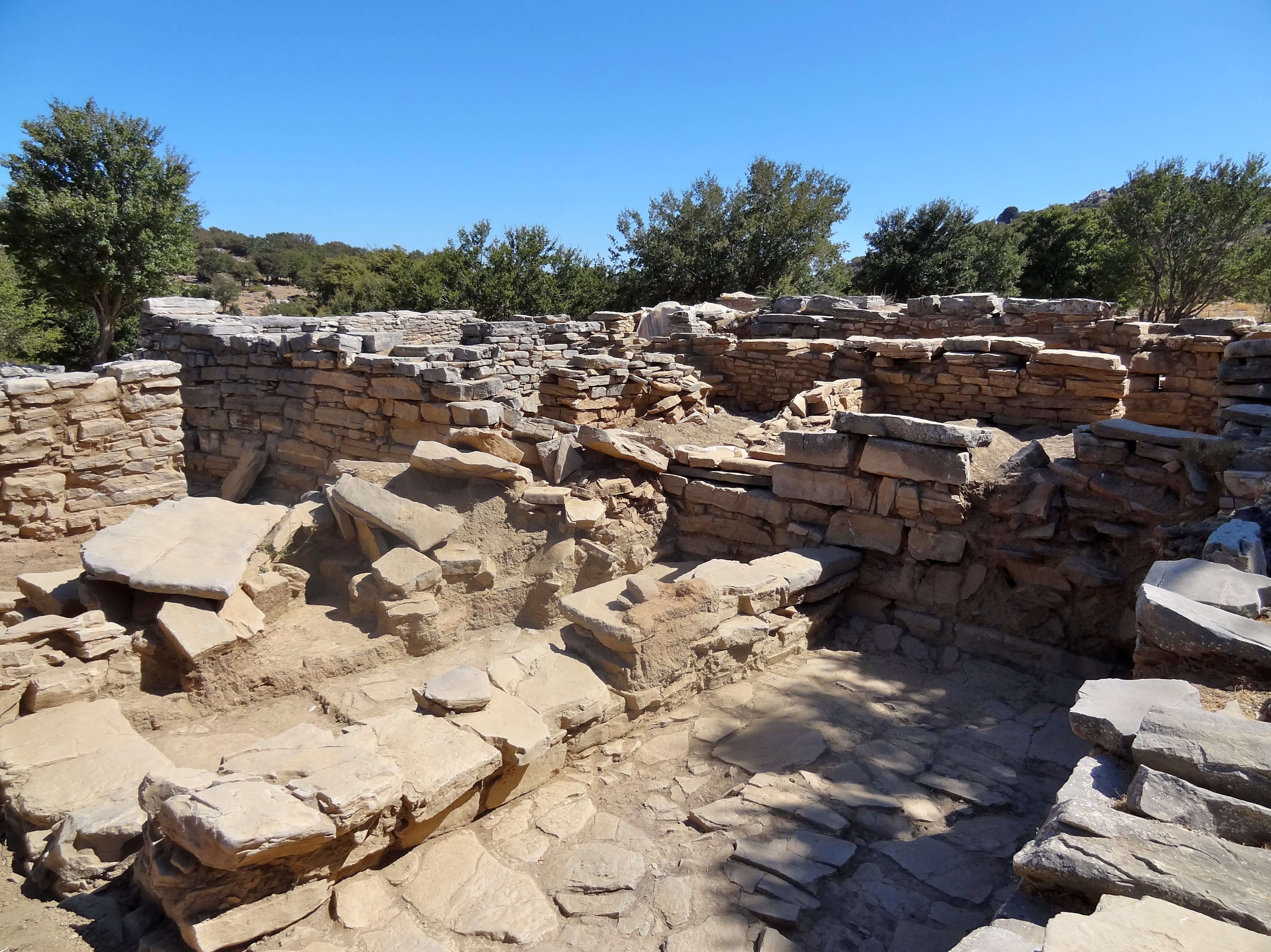Zominthos on:
[Wikipedia]
[Google]
[Amazon]
 Zominthos ( el, Ζώμινθος, alternative spellings ''Ζόμινθος'' or ''Ζόμιθος'') is a small plateau in the northern foothills of
Zominthos ( el, Ζώμινθος, alternative spellings ''Ζόμινθος'' or ''Ζόμιθος'') is a small plateau in the northern foothills of
Minoan Crete Zominthos page
Archaeology's Interactive Dig
{{Authority control Rethymno (regional unit) Minoan sites in Crete Ancient houses in Greece
 Zominthos ( el, Ζώμινθος, alternative spellings ''Ζόμινθος'' or ''Ζόμιθος'') is a small plateau in the northern foothills of
Zominthos ( el, Ζώμινθος, alternative spellings ''Ζόμινθος'' or ''Ζόμιθος'') is a small plateau in the northern foothills of Mount Ida
In Greek mythology, two sacred mountains are called Mount Ida, the "Mountain of the Goddess": Mount Ida in Crete, and Mount Ida in the ancient Troad region of western Anatolia (in modern-day Turkey), which was also known as the '' Phrygian Ida'' ...
(Psiloritis), on the island of Crete. Zominthos is roughly 7.5 kilometers west of the village of Anogia
Anogeia (Ανώγεια) is a municipality in the Rethymno regional unit, Crete, Greece. The municipality has an area of ., excluding the former municipal departments Axos and Zoniana. Population 2,379 (2011).
When exactly Anogeia was founded and ...
, on the path from Knossos to Idaion Andron, the great sanctuary cave near the peak of Ida. Zominthos is best known for the large Minoan
The Minoan civilization was a Bronze Age Aegean civilization on the island of Crete and other Aegean Islands, whose earliest beginnings were from 3500BC, with the complex urban civilization beginning around 2000BC, and then declining from 1450B ...
building discovered there; signs of permanent settlement date back to about 1800 BC.
Archaeology
In 1982, the Greek archaeologistYannis Sakellarakis
Yannis A. Sakellarakis ( el, Γιάννης Α. Σακελλαράκης; 1936 – October 28, 2010) was a prominent Greek archaeologist who specialized in Minoan Prehistory.
Career
Sakellarakis studied archaeology at the University of Athens ...
unveiled a large, two-story Minoan
The Minoan civilization was a Bronze Age Aegean civilization on the island of Crete and other Aegean Islands, whose earliest beginnings were from 3500BC, with the complex urban civilization beginning around 2000BC, and then declining from 1450B ...
building at an altitude slightly below 1200m. The building's unusual size and careful construction, which incorporates some features pertinent only to palatial architecture, has attracted the interest of archaeologists. The significance of the discovery is emphasized even further by the fact that it lies considerably above the altitudinal limit of Minoan and modern Cretan settlements. Excavations have unearthed only a small part of the building and are still under way. However, they have made clear that the structure has been strongly built and is unusually well-preserved, with some of the remaining walls rising up to 3 meters in height. It has a strict north-south orientation and extends to at least 1350 m2, with more than 100 rooms on the ground floor alone, some of which with fresco
Fresco (plural ''frescos'' or ''frescoes'') is a technique of mural painting executed upon freshly laid ("wet") lime plaster. Water is used as the vehicle for the dry-powder pigment to merge with the plaster, and with the setting of the plaste ...
es. Unique to Minoan Crete is the discovery of a large pottery workshop. Equally important are the
unearthed artefacts made from processed rock crystal.
The building belongs to the Neopalatial period and was abandoned after a big earthquake around 1600 BC. Archaeological research was conducted under the directions of Prof. Yannis Sakellarakis with the brief collaboration (2005-2007) of the University of Heidelberg (Prof Diamantis Panagiotopoulos). After the death of Yannis Sakellarakis in 2010 the excavation continues under the direction of Dr. Efi Sapouna-Sakellaraki.J. & E. Sakellarakis, Ιδαίο Άντρο. Το σπήλαιο του Δία και οι θησαυροί του, ed. "Μίλητος", 2010, .
References
External links
Minoan Crete Zominthos page
Archaeology's Interactive Dig
{{Authority control Rethymno (regional unit) Minoan sites in Crete Ancient houses in Greece